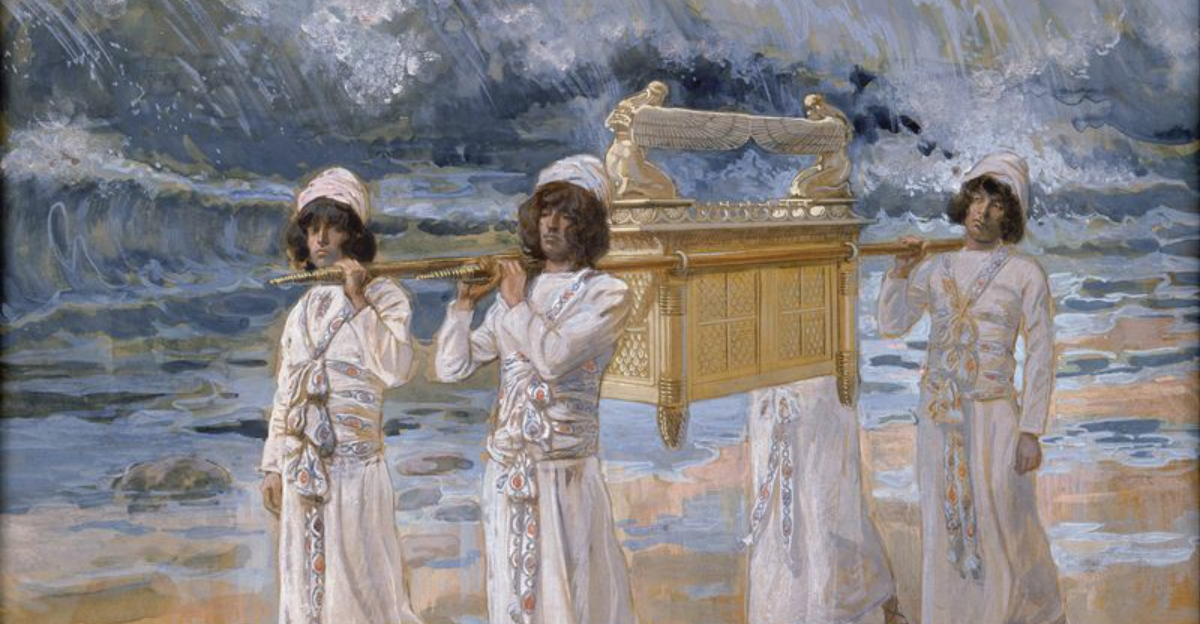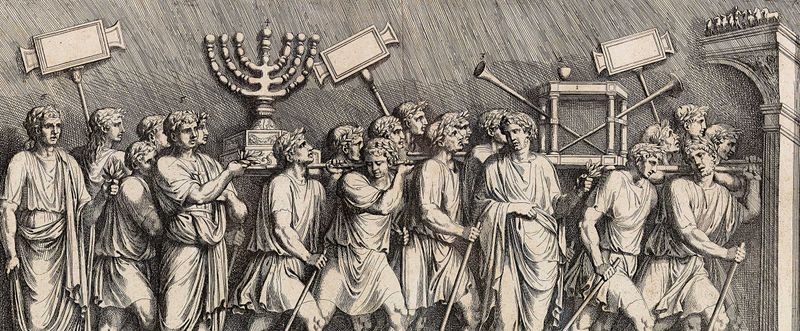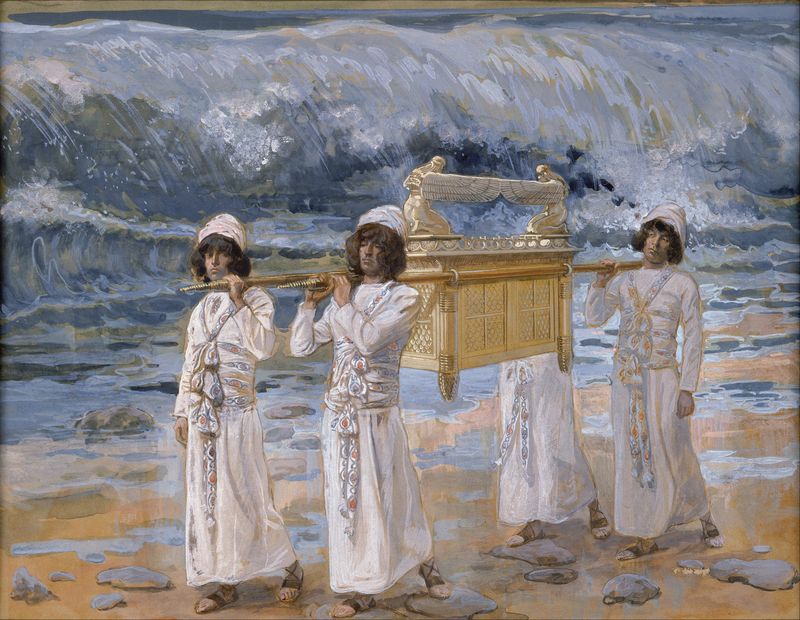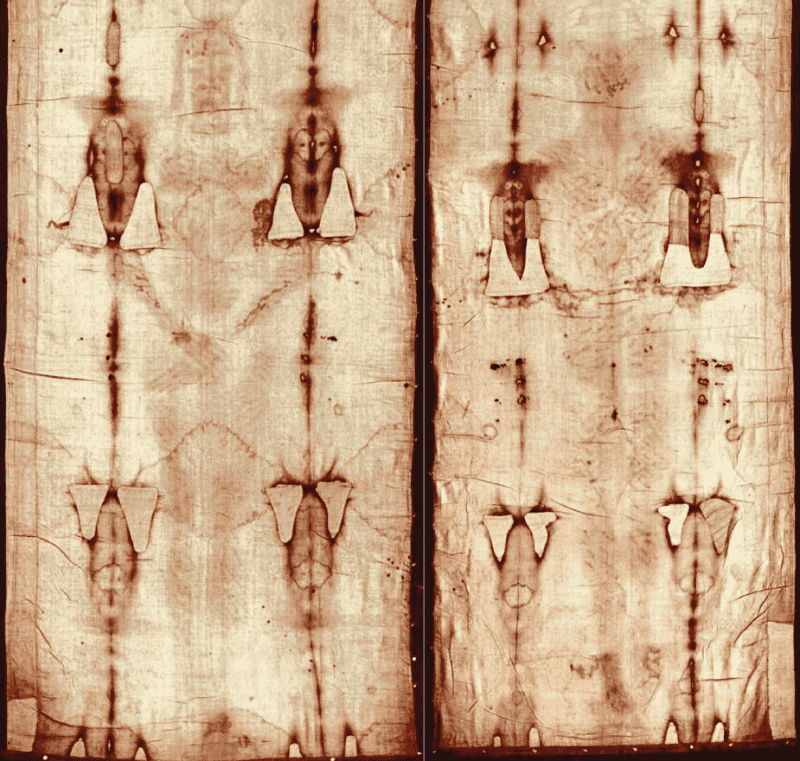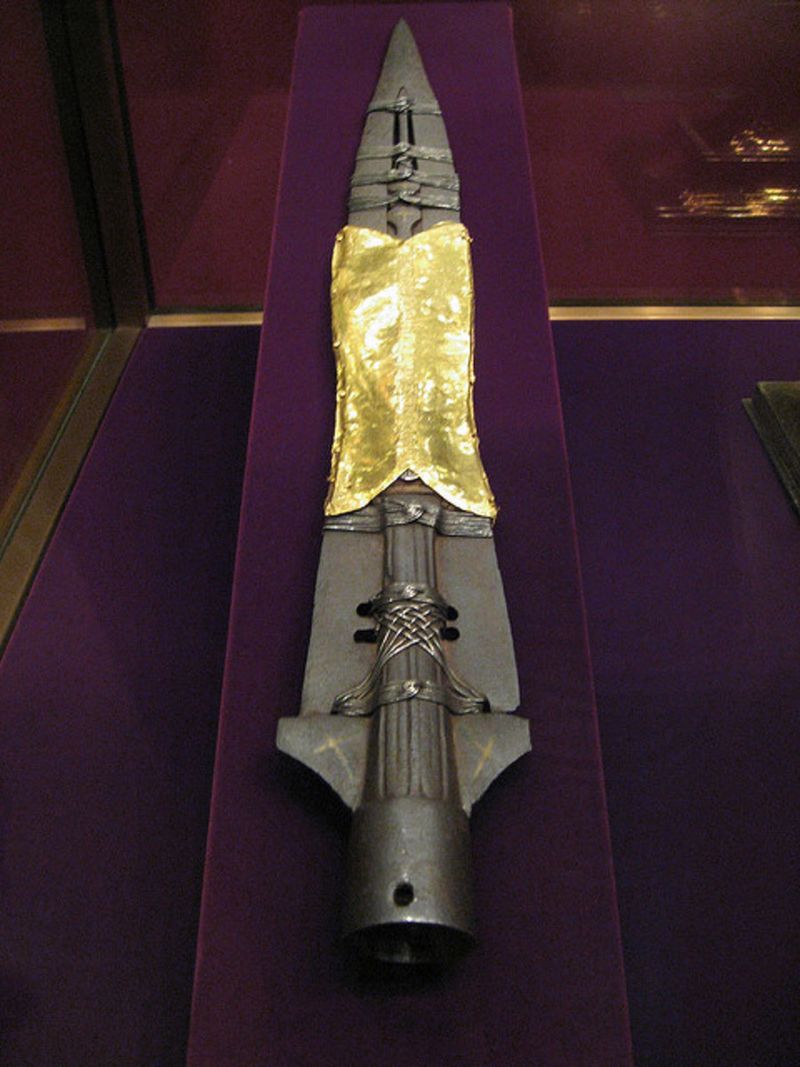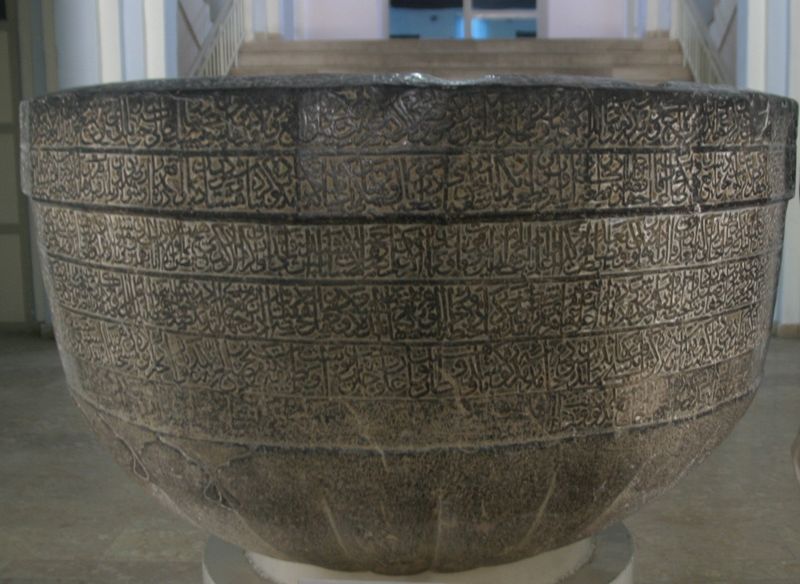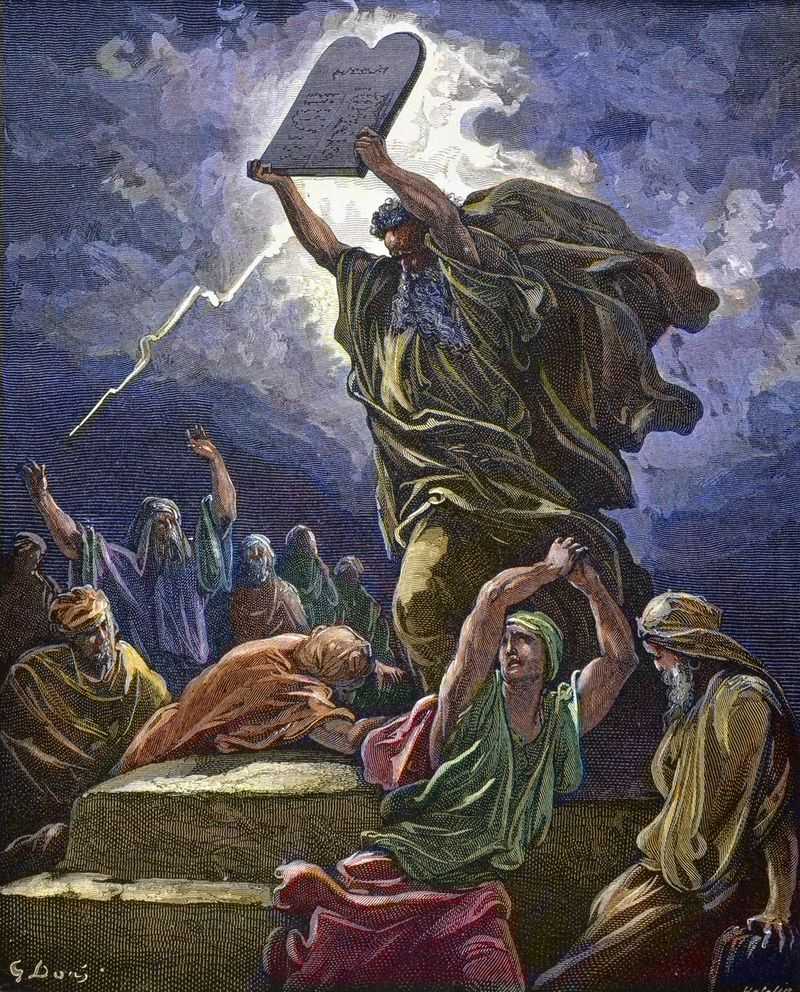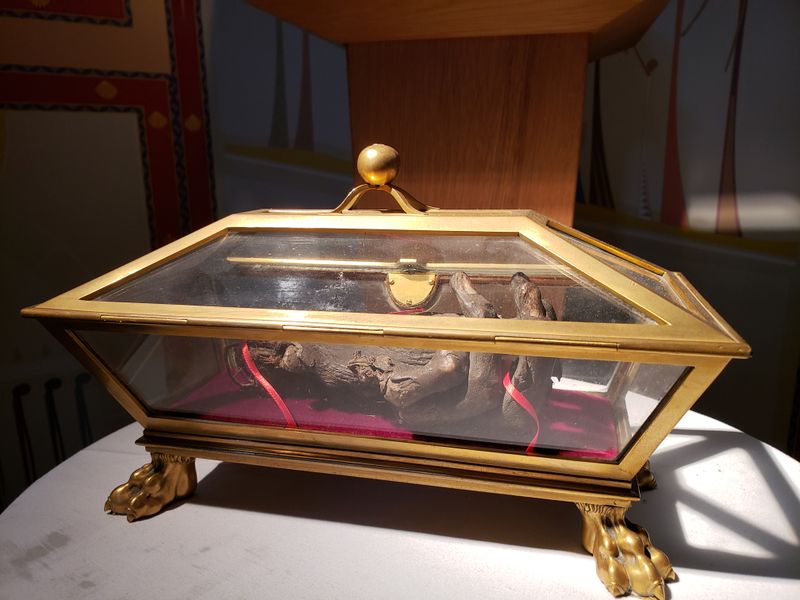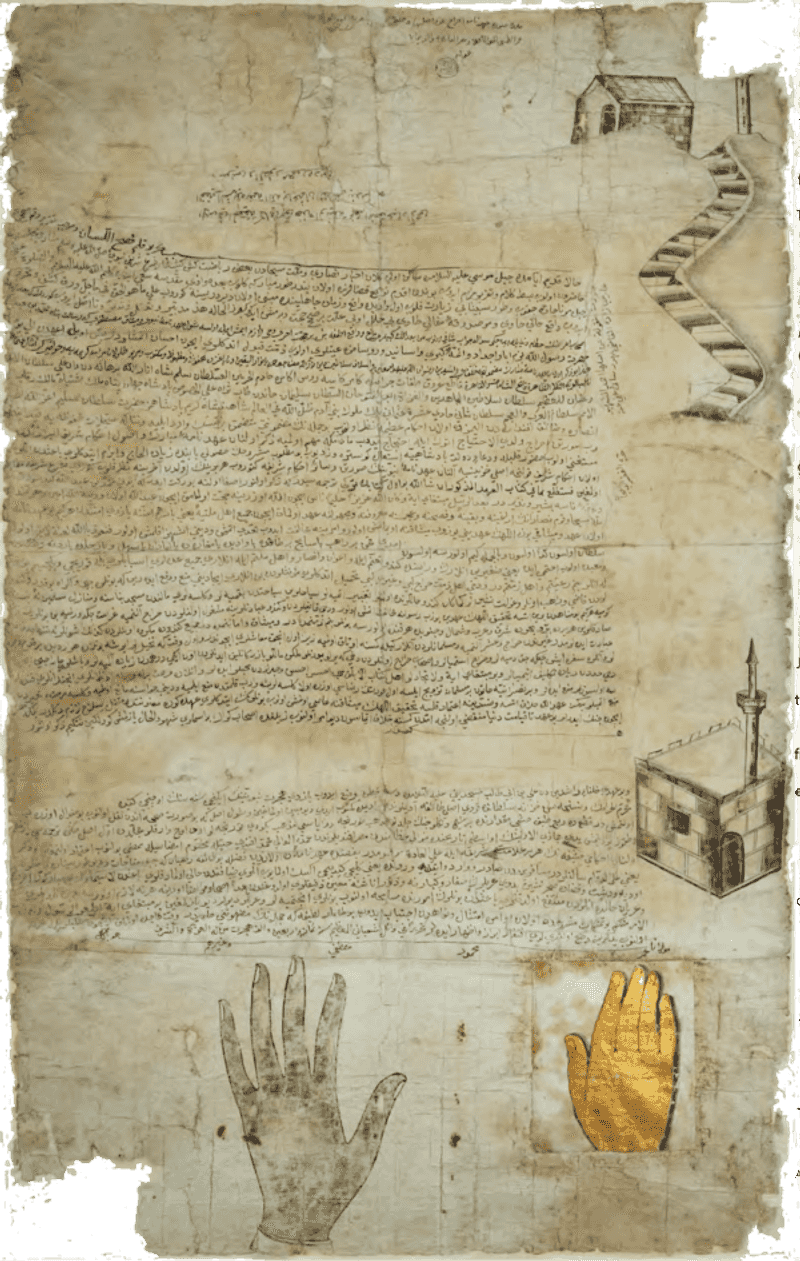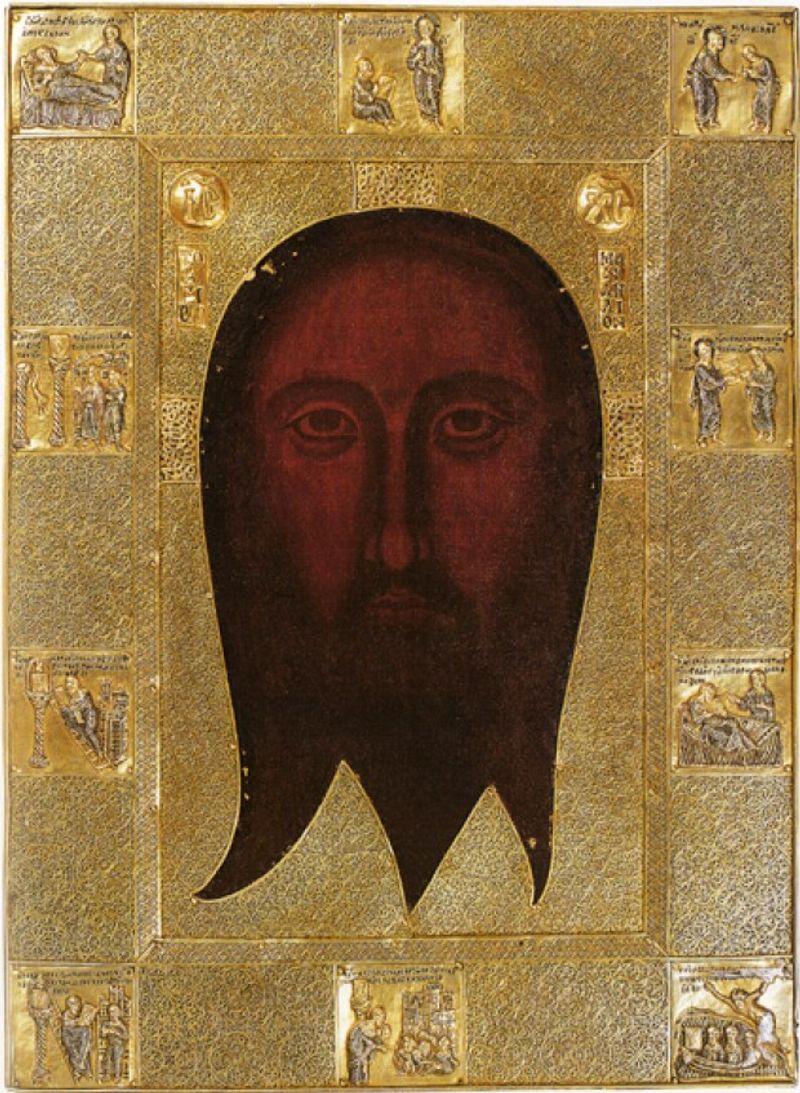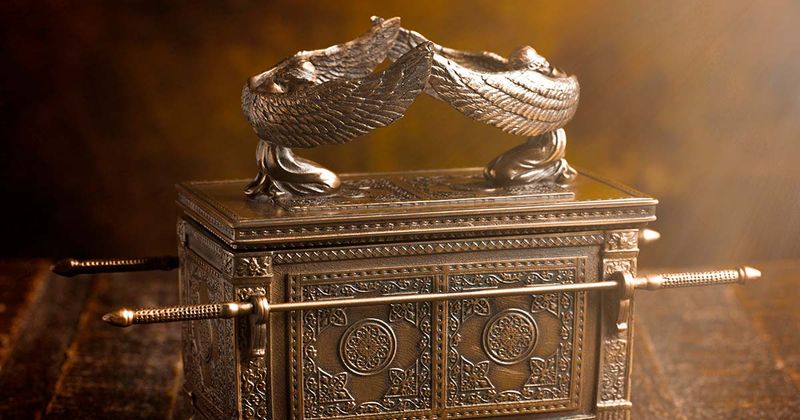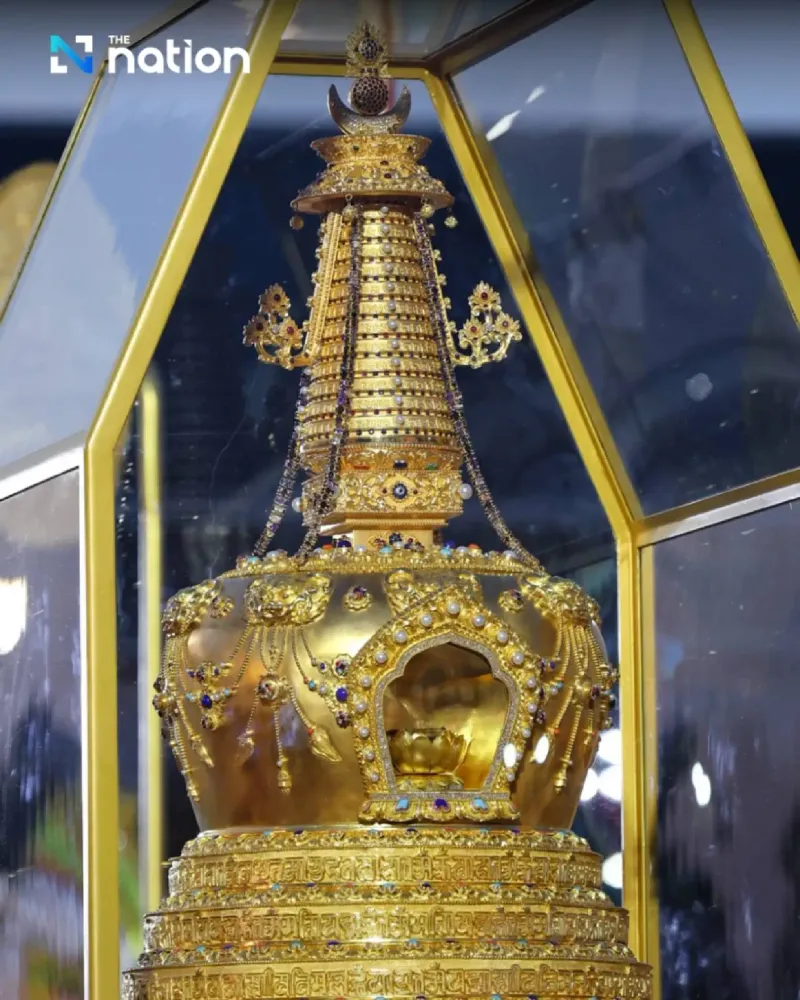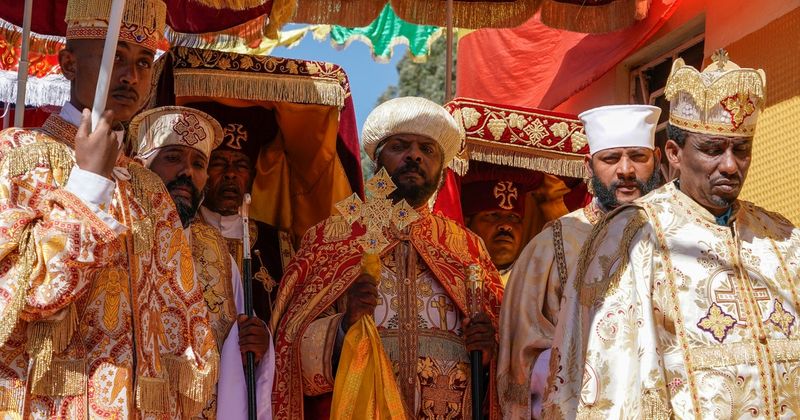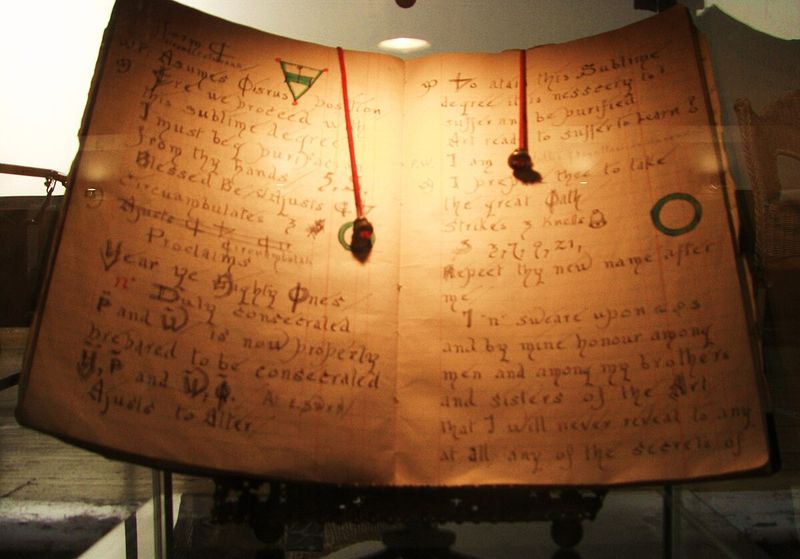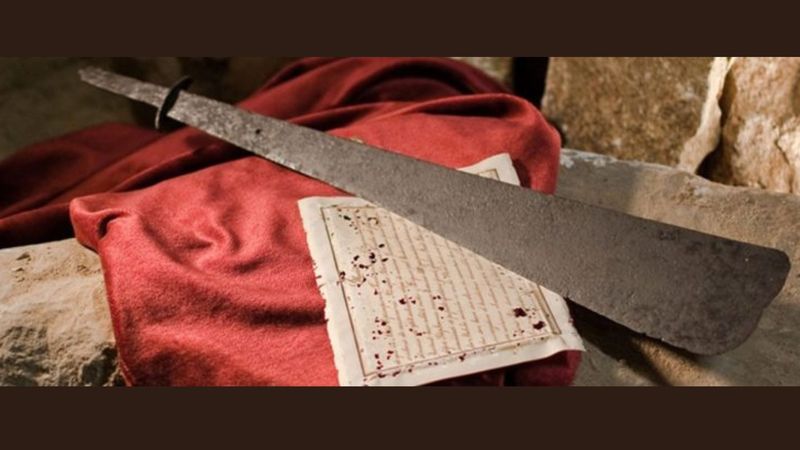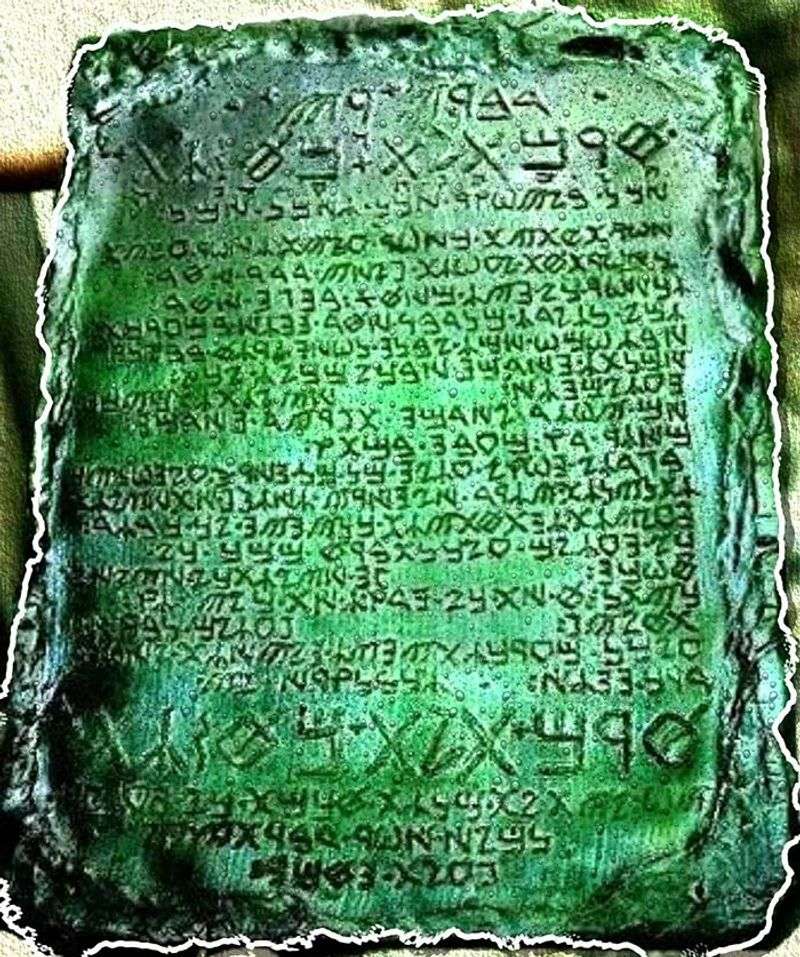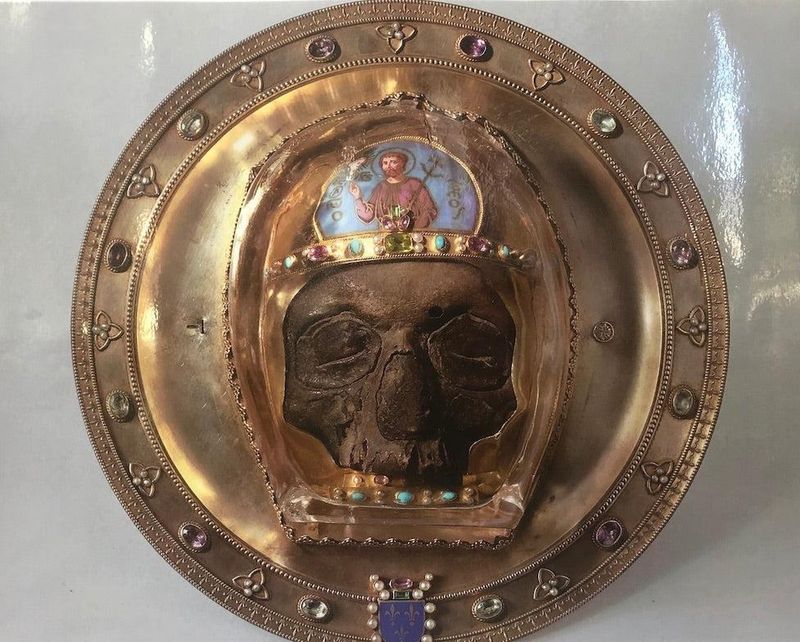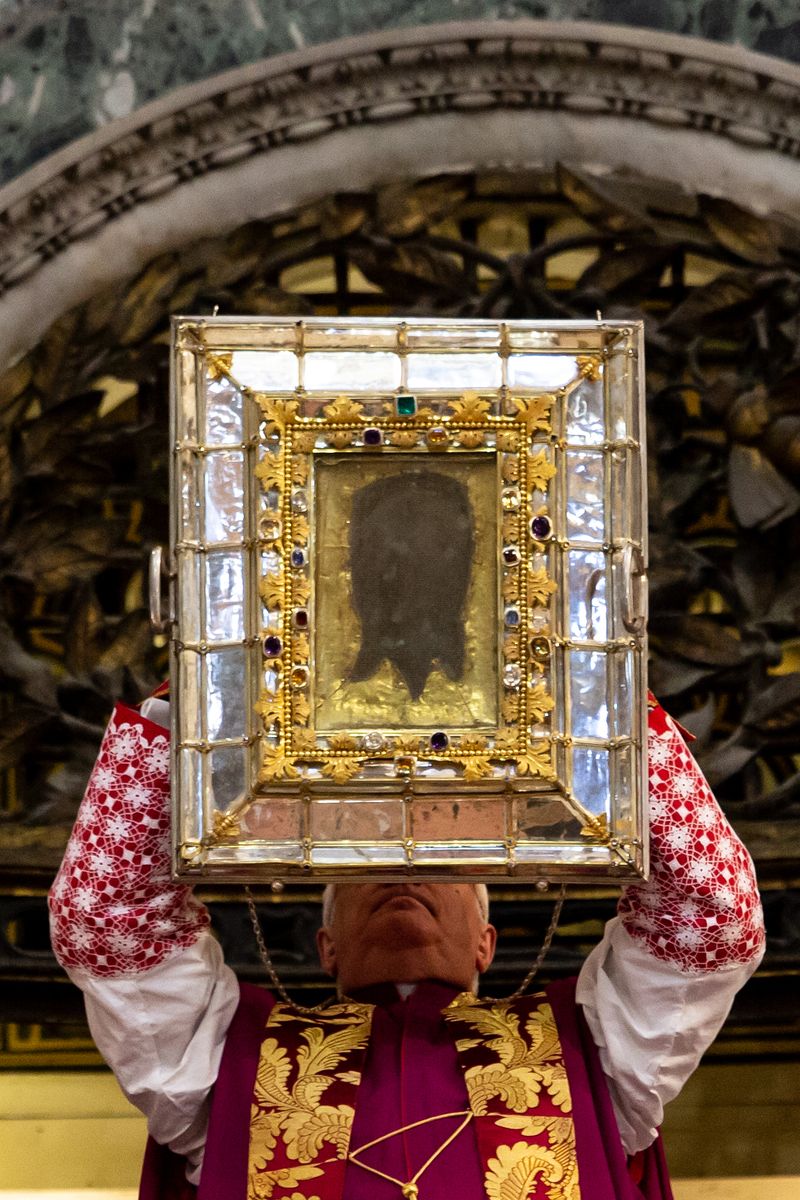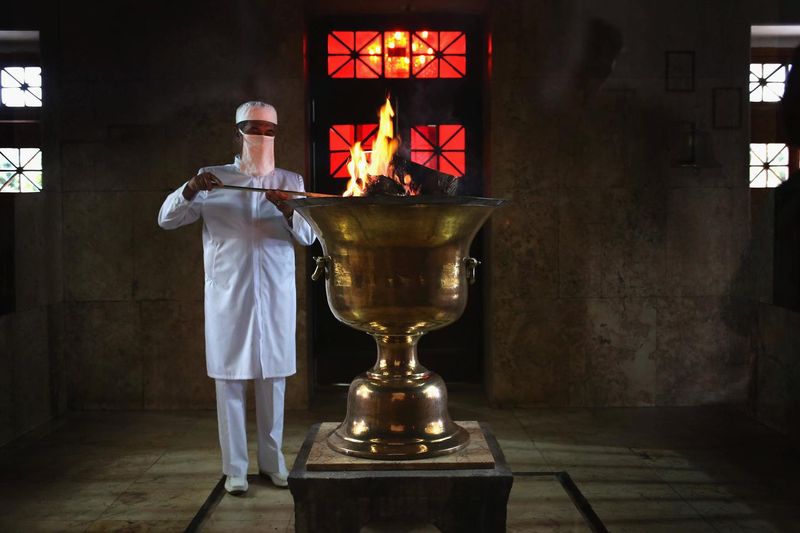Throughout history, sacred relics and holy artifacts have inspired devotion, awe—and conspiracy theories. Some were said to grant divine powers, others were central to entire faiths. But one thing they have in common? They vanished. Whether stolen, hidden, lost to time, or possibly never real to begin with, these religious artifacts remain missing—and their whereabouts are still hotly debated.
1. The Holy Grail
The Holy Grail, a chalice of legend, is believed to be the cup used by Jesus at the Last Supper. Its allure has inspired countless quests and tales, yet its existence remains shrouded in mystery. Some claim to have found it, though none have verified these claims.
The Grail’s significance transcends religious symbolism, embodying the eternal quest for divine truth. Romanticized in literature, it remains a beacon for seekers of spiritual fulfillment.
Despite relentless pursuit, its true location is unknown, leaving it a tantalizing enigma of Christian lore and a symbol of unyielding faith.
2. The True Cross
Pieces of the True Cross, upon which Jesus was crucified, were once revered relics dispersed across Europe. Many have vanished or been dismissed as forgeries, adding layers of mystery to their history.
The True Cross holds profound significance for Christians, representing sacrifice and redemption. Its fragments were believed to hold miraculous powers, inspiring pilgrimages and devotion.
With most pieces lost to time or skepticism, the True Cross remains a poignant symbol of faith’s endurance amid uncertainty. Its allure continues to captivate believers and historians, representing a tangible link to the divine sacrifice.
3. The Menorah from the Second Temple
The golden Menorah of the Second Temple was a treasure of immense religious and cultural significance. Seized by Roman forces in 70 AD, it was paraded through Rome and then vanished from historical records.
Symbolizing light and enlightenment, the Menorah’s fate remains a historical enigma. Some believe it was melted for its gold, while others speculate on its secret preservation.
It stands as a testament to Jewish resilience and faith, a lost artifact that continues to shine brightly in the collective memory of a people. Its disappearance fuels both scholarly inquiry and cultural longing.
4. The Ark of the Covenant
A symbol of divine covenant, the Ark of the Covenant is said to have contained the original Ten Commandments. Disappearing over 2,500 years ago, it has been the subject of numerous theories. Some speculate it resides in an Ethiopian chapel, guarded by dedicated monks. Others imagine it hidden within the catacombs beneath Jerusalem, awaiting rediscovery.
With its sacred nature, the Ark’s potential resting places are as enigmatic as its history. Ancient texts describe its power to part rivers and topple city walls, adding to the allure. Its disappearance leaves a void filled with speculation and intrigue.
The Ark continues to captivate archaeologists and theologians alike, symbolizing a lost connection to divine law and history.
5. The Breastplate of the High Priest (Hoshen)
Crafted with twelve sacred stones, the Breastplate of the High Priest was a symbol of divine authority in ancient Judaism. Lost after the First Temple’s destruction, its stones were believed to convey God’s will.
The Breastplate’s disappearance left a void in religious practice, yet its legacy endures in spiritual and historical contexts. Each stone represented a tribe of Israel, linking the earthly to the divine.
Its loss symbolizes the fragility of sacred traditions, and its memory continues to inspire religious scholars and believers yearning for a tangible connection to their heritage.
6. The Shroud of Turin (Temporarily Lost)
The Shroud of Turin, an artifact of immense controversy, is believed by many to bear the image of Christ himself. Vanishing from public view in the 1500s, its reappearance ignited debates over its authenticity.
Despite scientific scrutiny, the Shroud remains a symbol of faith and mystery. Its image, faint yet profound, captivates believers and skeptics alike.
Though its origins remain debated, the Shroud’s allure as a tangible link to the divine passion endures. It’s a testament to faith’s power to transcend skepticism, anchoring belief in mystery and reverence.
7. The Staff of Moses
Moses’ staff, a symbol of divine power, is said to have parted the Red Sea and brought plagues upon Egypt. Its whereabouts are unknown, though legends suggest it will reappear in the end times.
The staff’s significance lies in its association with miraculous events and divine intervention. Its disappearance leaves a gap in the narrative of biblical history.
A potent emblem of faith and leadership, the staff inspires fascination and reverence. It continues to be a subject of speculation, embodying the mystery and majesty of divine acts in religious lore.
8. The Spear of Destiny (Longinus Spear)
The Spear of Destiny, said to have pierced Christ’s side, is surrounded by myths of invincibility. Though multiple versions exist, its true origin and location remain a mystery.
The spear’s legend has inspired rulers and conquerors, believed to confer ultimate power. Its allure is both historical and mystical, blending faith with ambition.
This enigmatic weapon continues to captivate historians and mystics alike, a relic of divine passion and earthly desire. Its history reflects humanity’s quest for power intertwined with spiritual longing.
9. The Buddha’s Alms Bowl
The Buddha’s Alms Bowl, a symbol of humility and spiritual sustenance, has traversed cultures before vanishing from record. Passed through India, Persia, and China, its journey reflects the spread of Buddhism.
This revered relic embodies the Buddhist path of compassion and selflessness, inspiring devotees across centuries. Its disappearance is a poignant reminder of impermanence, a core Buddhist tenet.
The bowl’s legacy endures in monasteries worldwide, a symbol of the Buddha’s teachings and the enduring pursuit of enlightenment. Its mystery continues to inspire spiritual reflection and historical curiosity.
10. The Tablets of the Law (First Set)
The first Tablets of the Law, inscribed with the Ten Commandments and shattered by Moses, are a symbol of divine law and human frailty. Their fragments, if any remain, are lost to history.
These tablets represented the direct covenant between God and humanity, a tangible manifestation of divine will. Their breaking underscores the challenges of upholding sacred law.
Despite their loss, the tablets’ legacy continues in religious teachings, symbolizing the enduring struggle to align human actions with divine principles. Their absence fuels both spiritual reflection and historical intrigue.
11. The Black Stone Fragment (Kaaba)
The Black Stone of the Kaaba, a central Islamic relic, has suffered losses of fragments over centuries due to theft, war, and reconstruction. Only parts of it remain within the Kaaba today.
This ancient meteorite holds profound significance for Muslims, representing a tangible link to the divine. Its missing pieces echo the tumultuous history of the Islamic world.
Despite its fractures, the Black Stone continues to unify millions in prayer, embodying faith’s resilience amid adversity. It remains a central symbol of devotion and spiritual unity, transcending the loss of its parts.
12. The Hand of Saint James
Once revered at Reading Abbey, the Hand of Saint James vanished during the Reformation, a time of profound religious upheaval. This relic of one of Jesus’ disciples embodied a tangible connection to apostolic origins.
The hand’s disappearance reflects the tension between tradition and reform, a casualty of shifting spiritual landscapes. Its loss resonates as a symbol of faith’s vulnerability to historical forces.
Despite its absence, the legacy of Saint James endures in Christian communities, inspiring devotion and pilgrimage. The hand’s story remains a poignant reminder of the ever-evolving nature of religious expression.
13. The Prophet Muhammad’s Letter to the Coptic Christians
The Prophet Muhammad’s letter, guaranteeing safety to Egyptian Christians, is a symbol of interfaith harmony. Its original vanished over centuries, though some speculate it’s hidden in a Vatican archive.
This letter represents a historical commitment to coexistence, echoing values of compassion and understanding. Its loss underscores the challenges of preserving such documents amid political and religious change.
Despite its disappearance, the letter’s message endures in interfaith dialogues, inspiring efforts towards peace and mutual respect. It remains a testament to the enduring spirit of compassion across religious boundaries.
14. The Seal of Solomon
The Seal of Solomon, a ring granting dominion over spirits, is a fixture of mystical traditions. Though never found, its legend continues to captivate imaginations.
This ring symbolizes wisdom and authority, reflecting Solomon’s reputed ability to command both the earthly and the ethereal. Its absence fuels both historical inquiry and esoteric exploration.
The Seal’s mythos extends beyond religion, inspiring literature and magic alike. It remains an emblem of mystical knowledge and the quest for power over nature’s forces, bridging the divine with the mundane.
15. The Mandylion of Edessa
The Mandylion, believed to bear Christ’s miraculous image, disappeared after being moved to Constantinople in the 13th century. Its history intertwines with legends of divine artistry.
This cloth symbolizes faith’s power to transcend the material, embodying a miraculous connection to the divine. Its loss leaves a gap in the narrative of Christian relics.
Though gone, the Mandylion continues to inspire veneration and artistic depiction, a testament to the enduring allure of divine mystery. It remains a symbol of faith’s ability to manifest in extraordinary ways amid ordinary circumstances.
16. The Ark of Mani
The Ark of Mani, central to Manichaean rituals, vanished after the religion’s suppression. Believed to contain writings and relics of the prophet Mani, its loss reflects the fragility of religious traditions.
This sacred chest embodied Manichaean dualism, bridging light and darkness in spiritual practice. Its disappearance underscores the challenges faced by persecuted faiths.
Though lost, the Ark’s legacy endures in the study of Manichaean texts and history. It remains a symbol of the enduring struggle for spiritual preservation amid adversity and cultural upheaval, inspiring both scholars and spiritual seekers.
17. Relics of the Buddha’s Tooth
The Buddha’s Tooth, one of the most revered relics, has inspired devotion across Asia. Multiple alleged locations exist, but at least one original fragment was lost to fire or theft.
This relic symbolizes the Buddha’s enduring presence, a tangible link to his teachings. Its loss reflects the perils facing sacred artifacts amid natural and human threats.
Despite uncertainties, the Tooth’s legacy thrives in temples worldwide, inspiring pilgrimages and devotion. It stands as a testament to the resilience of spiritual tradition, bridging past and present in its sacred significance.
18. The Tabot Tablets (Ethiopia)
Tabot Tablets, sacred to Ethiopian Orthodox Christianity, disappeared during colonial looting. These replicas of the Ark’s tablets hold deep religious significance.
Their loss reflects the cultural and spiritual upheaval faced during colonial encounters. Despite their absence, the Tablets endure in Ethiopian religious practice, symbolizing resilience and faith.
They continue to inspire devotion and cultural pride, a testament to the enduring spirit of Ethiopian Christianity. The Tablets’ story underscores the challenges and triumphs of preserving spiritual heritage amid historical adversity.
19. The Book of Shadows (Gerald Gardner’s Original)
The Book of Shadows, foundational to modern Wicca, allegedly went missing after Gerald Gardner’s death. Copies exist, but the original’s loss adds an aura of mystery.
This text represents a pivotal moment in occult history, bridging ancient traditions and contemporary spirituality. Its disappearance fuels both curiosity and reverence among practitioners.
Despite its absence, the Book’s legacy endures in Wiccan practice, inspiring both scholarly study and personal exploration. It remains a symbol of spiritual innovation and the enduring quest for mystical understanding.
20. The Sword of Saint Peter
The Sword of Saint Peter, said to have severed a Roman soldier’s ear, holds historical and religious intrigue. Though claimed by multiple churches, no authenticated version exists today.
This weapon symbolizes the early Christian struggle for faith and identity, bridging apostolic history with legendary narrative. Its absence leaves a gap in ecclesiastical lore.
Despite its loss, the Sword’s story inspires devotion and scholarly inquiry, reflecting the complexities of early Christian history. It remains a potent symbol of spiritual and historical exploration, intertwining faith with myth.
21. The Emerald Tablet
Attributed to Hermes Trismegistus, the Emerald Tablet forms Hermetic philosophy’s foundation. Its original is lost, yet its teachings endure in esoteric traditions.
This mystical text embodies the quest for spiritual transformation, bridging the earthly and the divine. Its absence fuels both historical curiosity and mystical exploration.
Despite its loss, the Tablet’s wisdom continues to inspire seekers of alchemical and spiritual truths. It remains a symbol of the enduring pursuit of enlightenment, a testament to the power of esoteric tradition in shaping spiritual thought.
22. The Head of John the Baptist
The Head of John the Baptist, a relic of profound veneration, has disappeared from various European locations over time. Wars and raids contributed to its mysterious fate.
This relic symbolizes the martyrdom and prophetic legacy of John the Baptist, a tangible connection to biblical history. Its loss leaves a void in Christian relic tradition.
Despite its absence, the head’s story continues to inspire devotion and artistic representation, reflecting the enduring allure of martyrdom and faith. It remains a symbol of spiritual resilience amid historical challenges and uncertainties.
23. The Veil of Veronica
The Veil of Veronica, said to bear Christ’s likeness, vanished after the Sack of Rome in 1527. Its supposed replacements are disputed, adding layers to its mystery.
This relic symbolizes faith’s ability to manifest in tangible forms, bridging the divine with the earthly. Its disappearance echoes the tumult of religious and political upheaval.
Despite its loss, the Veil’s legacy endures in artistic and devotional contexts, inspiring reverence and reflection. It remains a symbol of faith’s capacity to transcend material loss, anchoring belief in divine presence.
24. The Liahona (Book of Mormon Artifact)
The Liahona, a divine compass from Mormon scripture, is said to be stored with other artifacts, yet remains unseen. This artifact symbolizes guidance and divine intervention.
Its absence fuels intrigue and faith among believers, who see it as a testament to spiritual navigation in uncertain times. The Liahona’s story reflects the ongoing quest for divine direction.
Despite its mystery, it continues to inspire faith and exploration within the Mormon community. It remains a symbol of the enduring search for spiritual insight and the connection between humanity and the divine.
25. The Sacred Fire Relics of Zoroastrianism
The Sacred Fire relics, once central to Zoroastrian worship, were extinguished during invasions. The original fire altars and tools have never been recovered.
These relics symbolize purity and the eternal struggle between light and darkness, central themes in Zoroastrian belief. Their loss reflects the challenges faced by ancient religions in preserving sacred traditions.
Despite their absence, the spirit of the Sacred Fire endures in Zoroastrian practice, inspiring devotion and resilience. It remains a potent symbol of spiritual perseverance amid historical adversity, bridging past and present faith.
